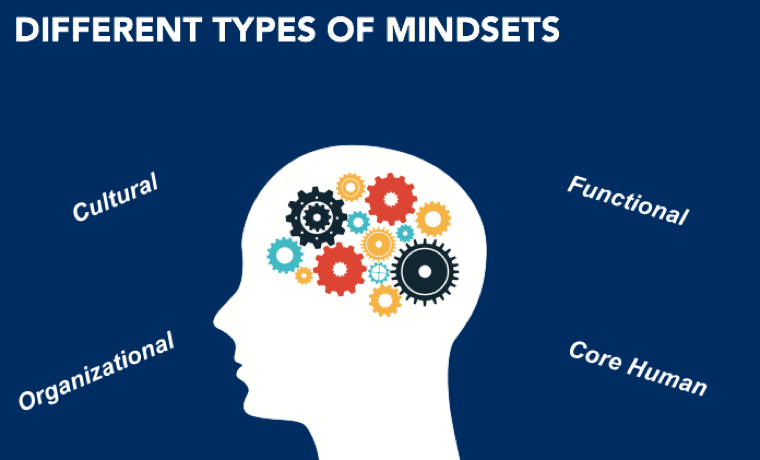As we referred to in our first article, culture is everywhere, just like the air we breathe. The problem is that we forgot.
The second layer to this is that we often hear that people need to “start” working on the culture. However, the culture has always been there and is continuously influenced by everyone — the way people behave, lead and manage; what leaders do (not what they say); how an organization compensates their employees; internal communications; who gets promoted; its values on the website versus what it has really done every day; the external marketing; and every single thing that lets people know “what’s valued around here.” This is all part of the culture. Culture is like a live organism; it is always evolving, moving and shifting. Whether you choose it or not, it’s there.
The question then becomes, are you going to let the culture drive you, or do you want to drive the culture and have it be more aligned with your business needs and emerging challenges?
To engage on a culture transformation journey, you will need to identify and assess the current culture. It is very important to understand where you are.
- Did a new CEO, with a new vision and direction, join?
- Is your CEO leaving and would like to leave a legacy?
- Is the market steering you in a new direction?
- Is the company growing so rapidly that it’s hard to keep up?
The answers will be unique for each organization and its leaders. What is critical is to understand what’s driving the change. Why are you embarking on this journey? Why do people need to be part of this? Having a case for change is a very important first step. The second one is to understand who is ready to understand it.
Once you have identified these points, the next step is to identify your key sponsors and champions who can connect with the need. We hear it over and over again — the belief or myth — that you need to have everyone on board to start the initiative. However, it is exactly that — a belief or myth — and it gets in the way of making change happen.
In his book “The Tipping Point,” Malcolm Gladwell talks about The Law of the Few. In order to create sustainable change, you need to look for the connectors, mavens and salesmen — or as Everett Rogers developed his theory on “Diffusion of Innovations,” illustrated in the bell curve below.
Both authors describe that you do not need to have everyone on board. You need to look for the innovators and early adopters in your organization. Who can you work with to start the change?
As an example of how this works, I remember when we started working with a large manufacturing organization through the HR department. The team was really eager to start working on their culture. The main concern was that not everyone in the organization was ready to engage or even talk about culture change. Together, we identified a group of middle managers who were eager to change and develop new skills and who, at the same time, had a relevant influence in the business. We co-created a specific leadership development program for them. This group became the innovators and helped us connect with the early adopters. Through their leadership journey, they learned new mindsets, skills and behaviors. And as they implemented those new skills in their way of leading their departments and teams, it influenced the culture. Others in the organization noticed how the innovators and early adopters became more effective in their jobs, were more agile in their decision-making, and their overall performance improved, and they wanted the same.





